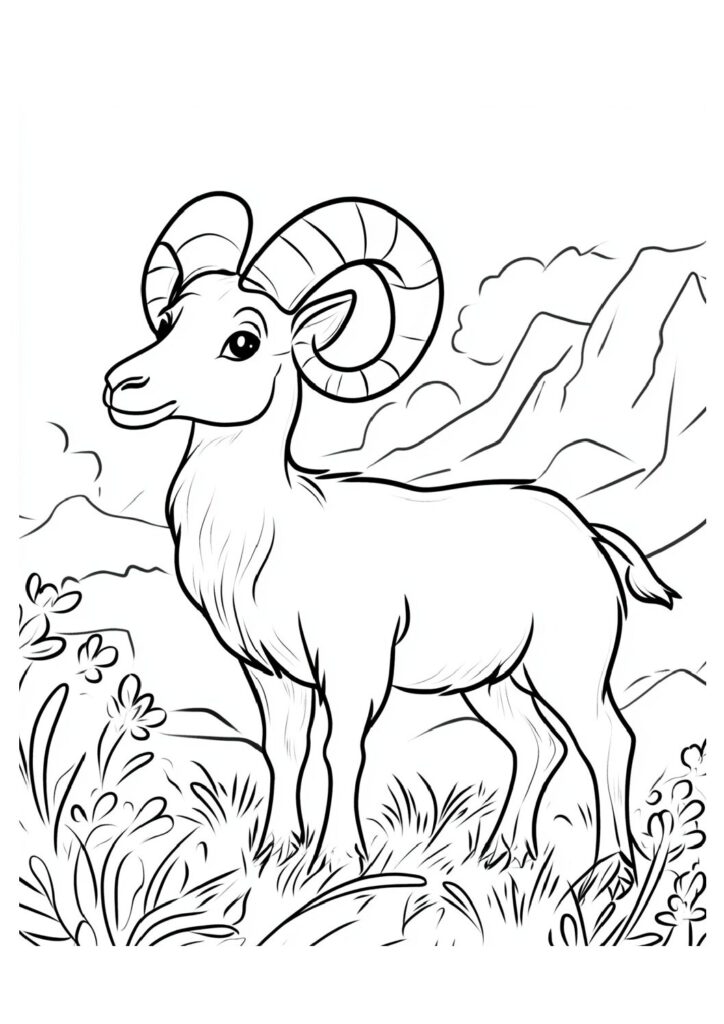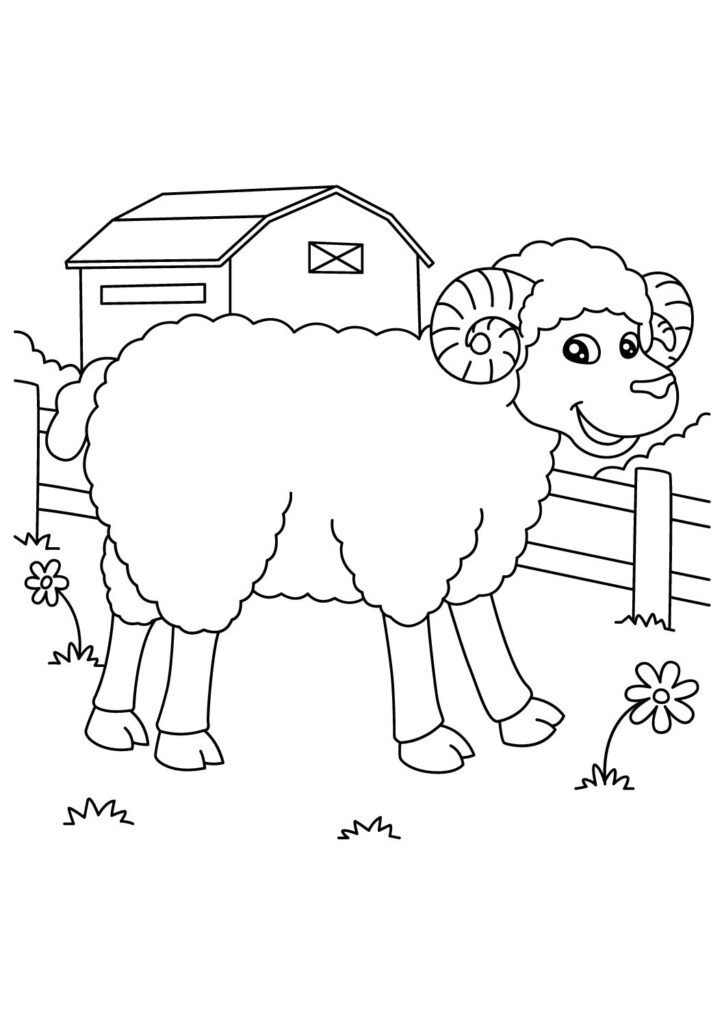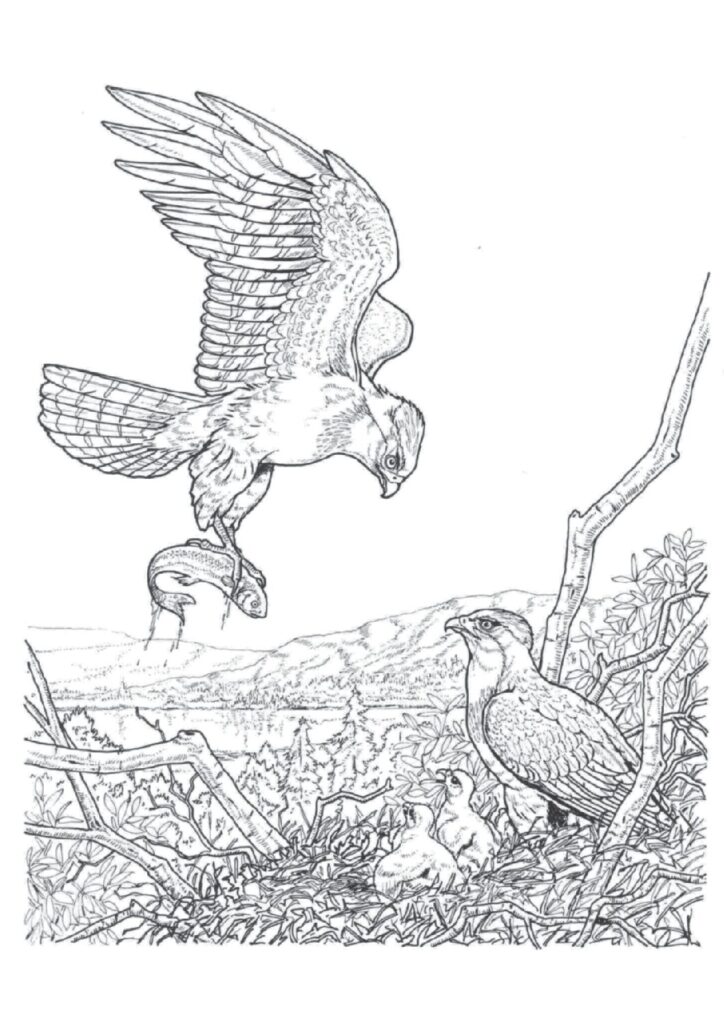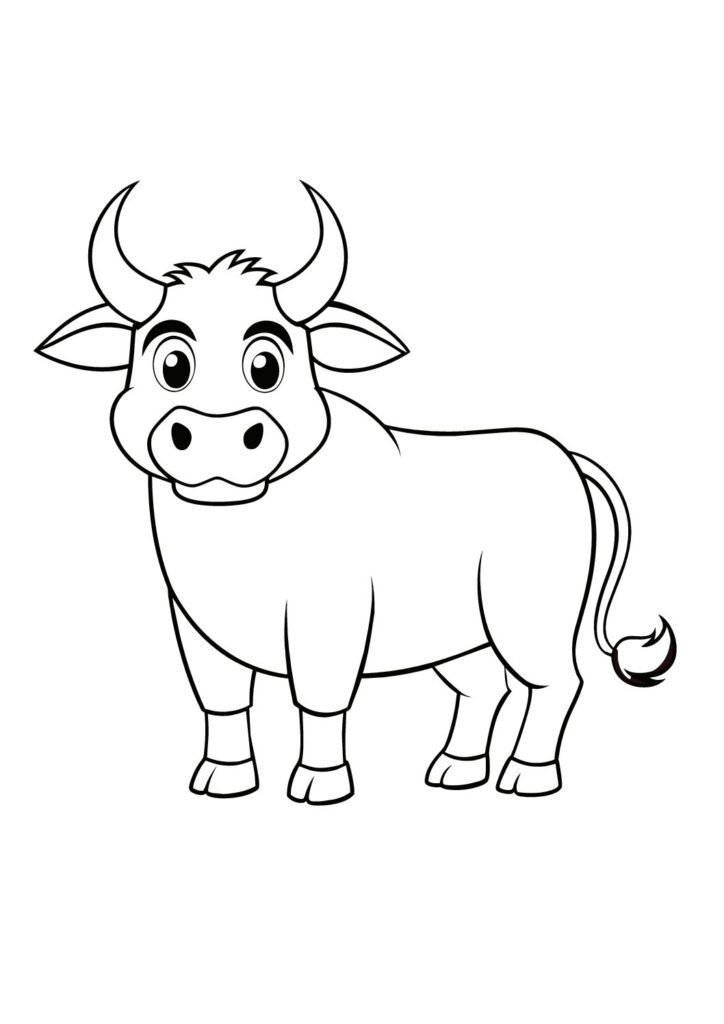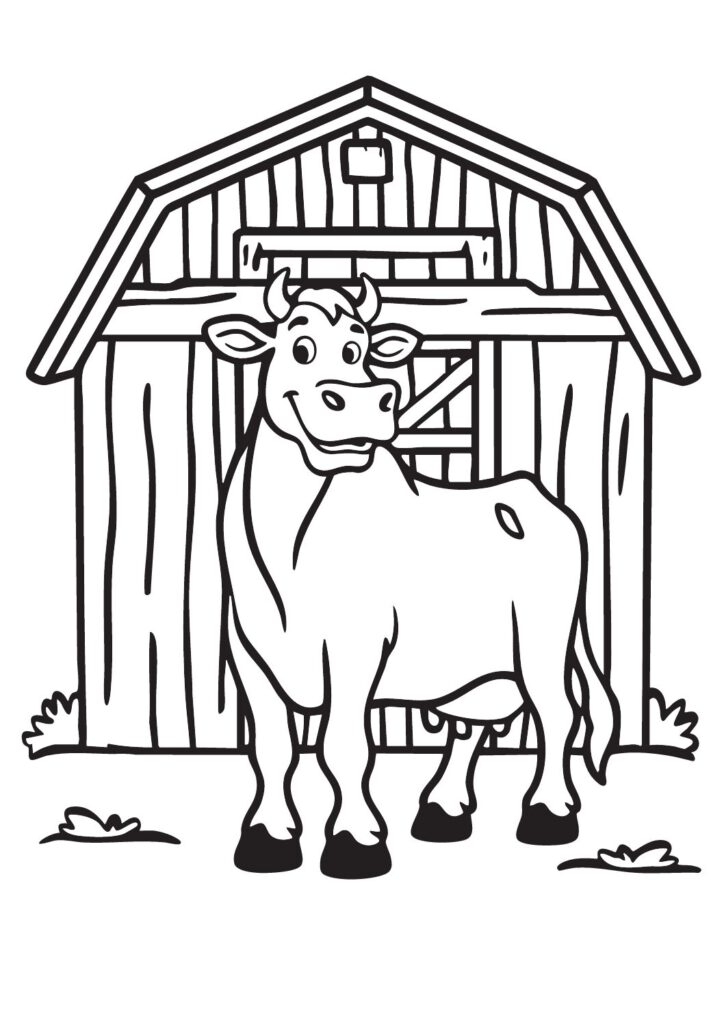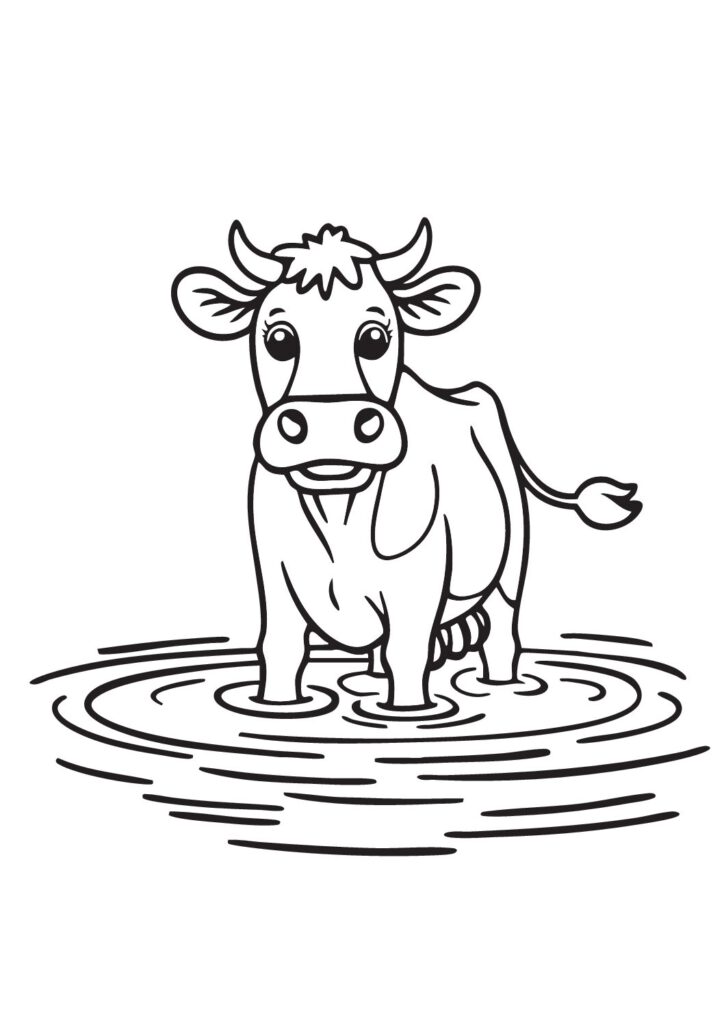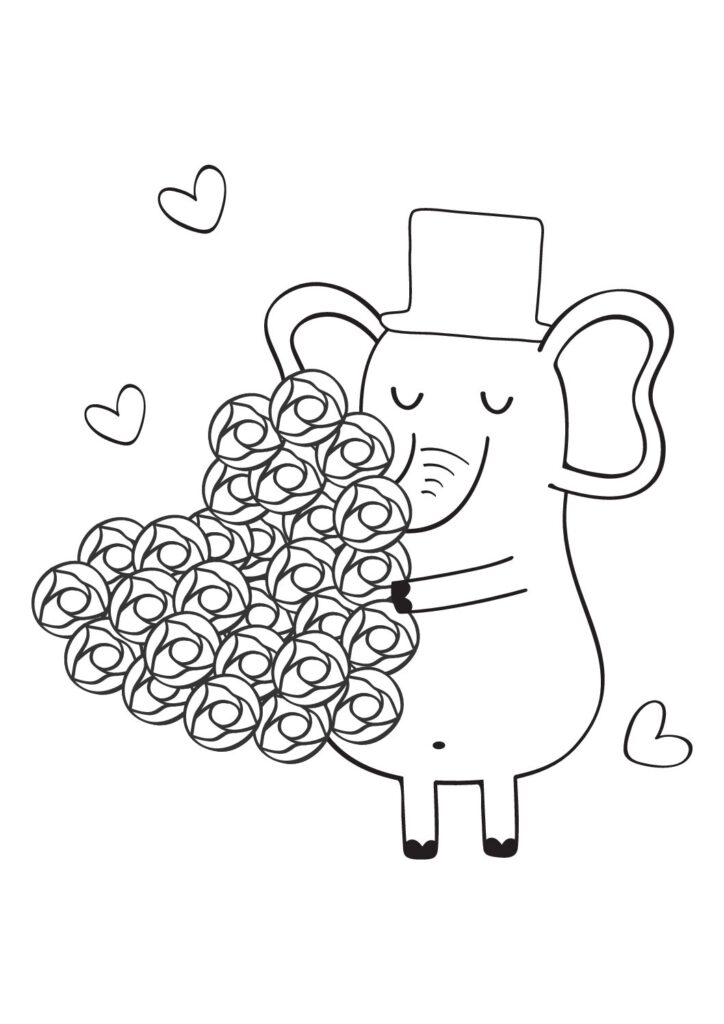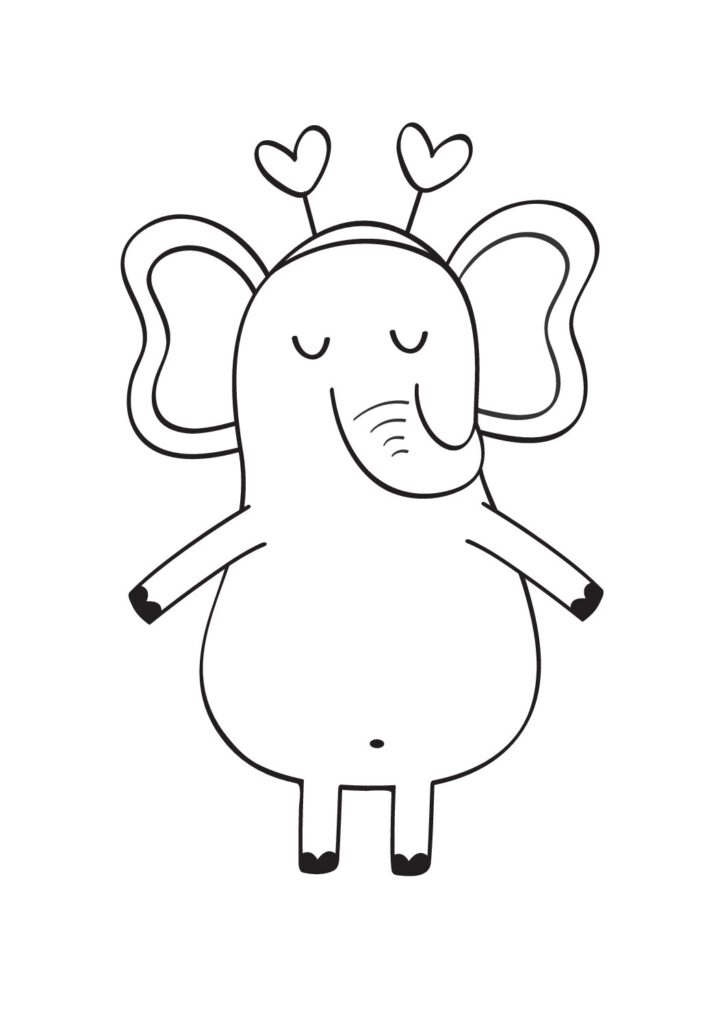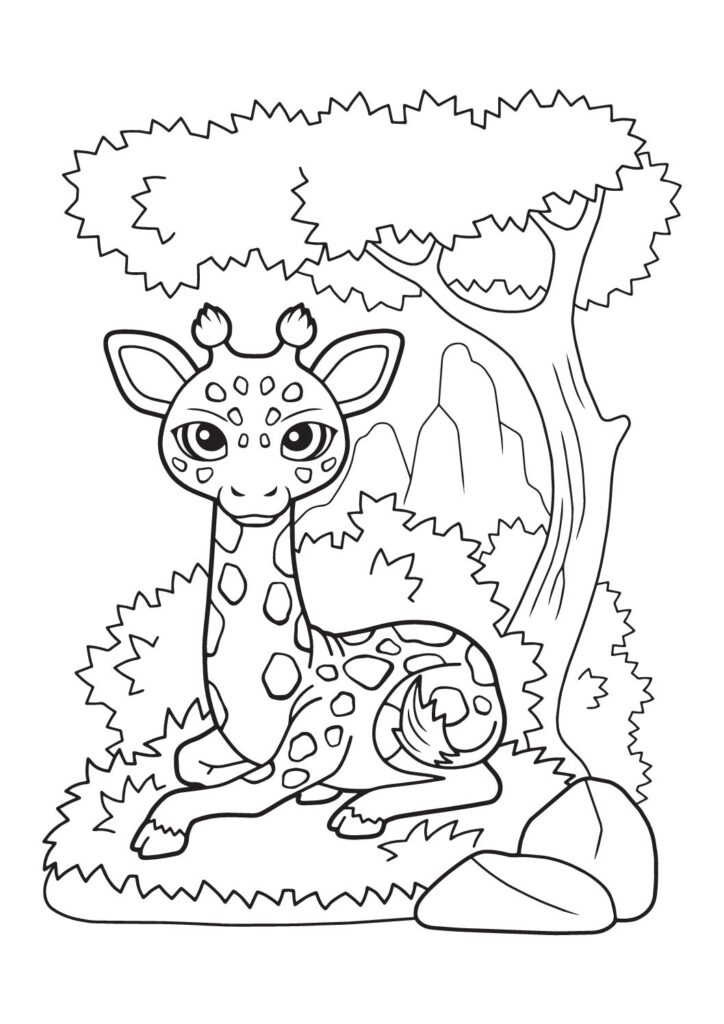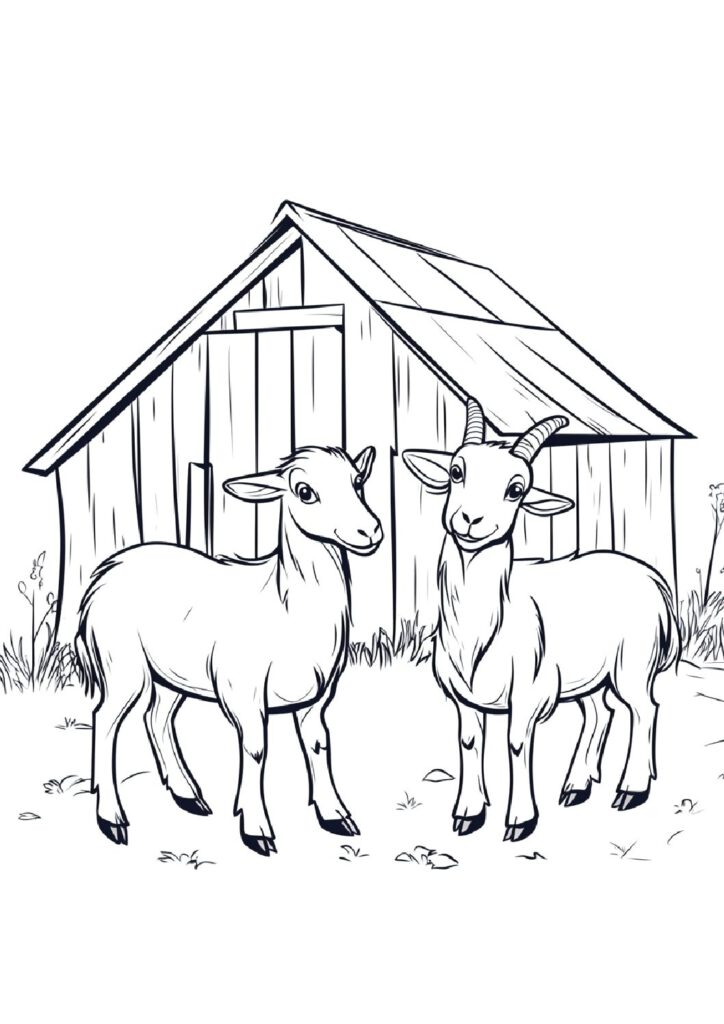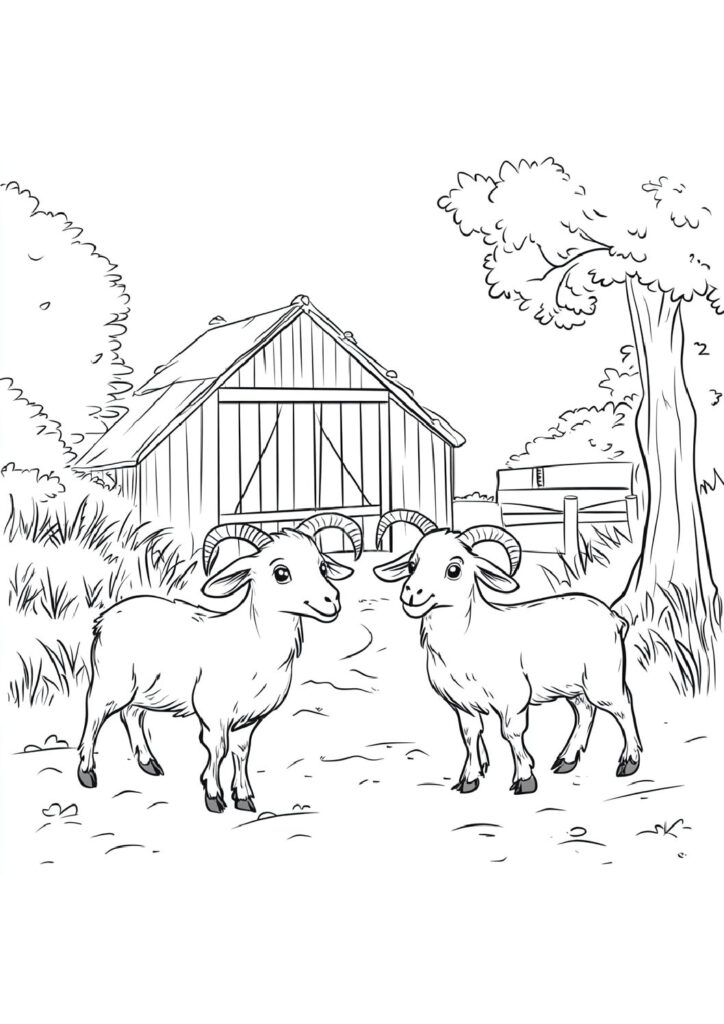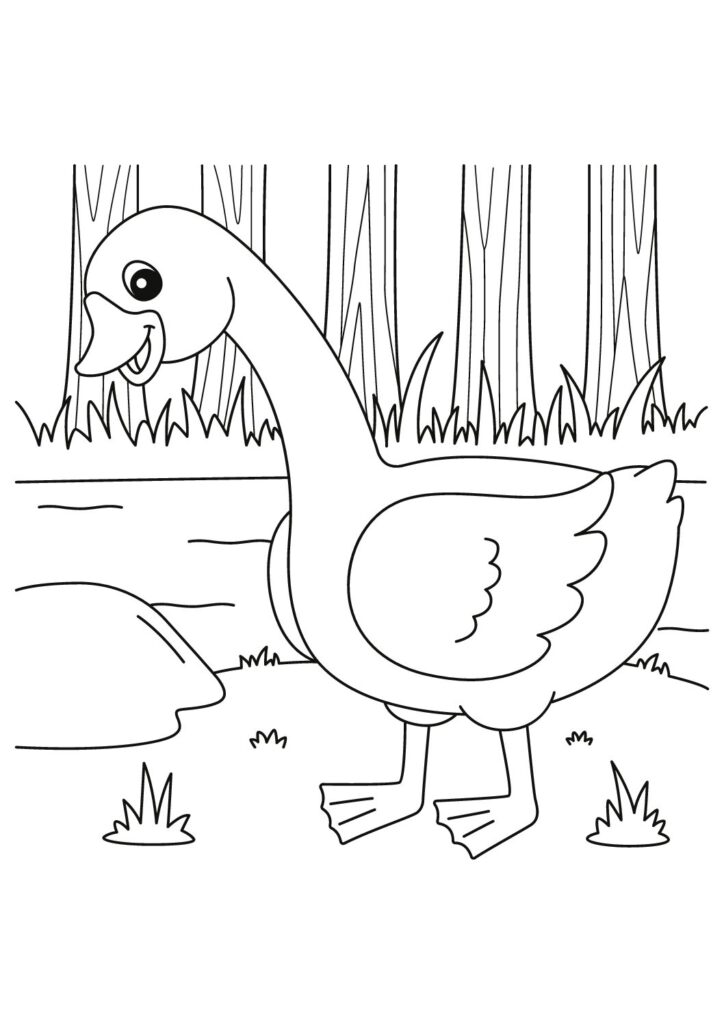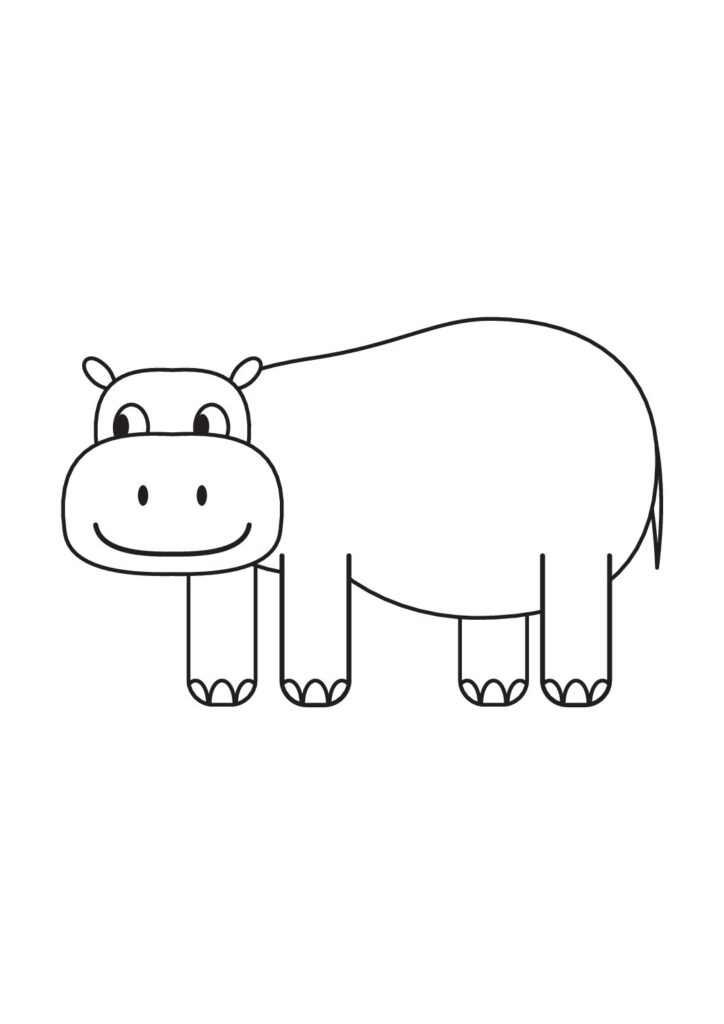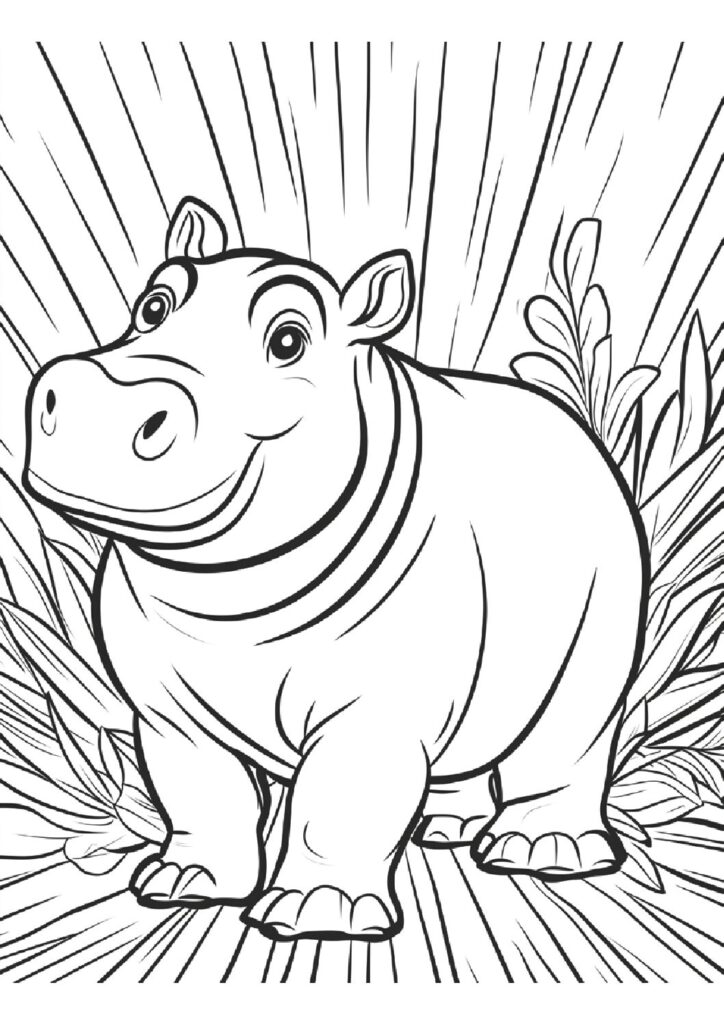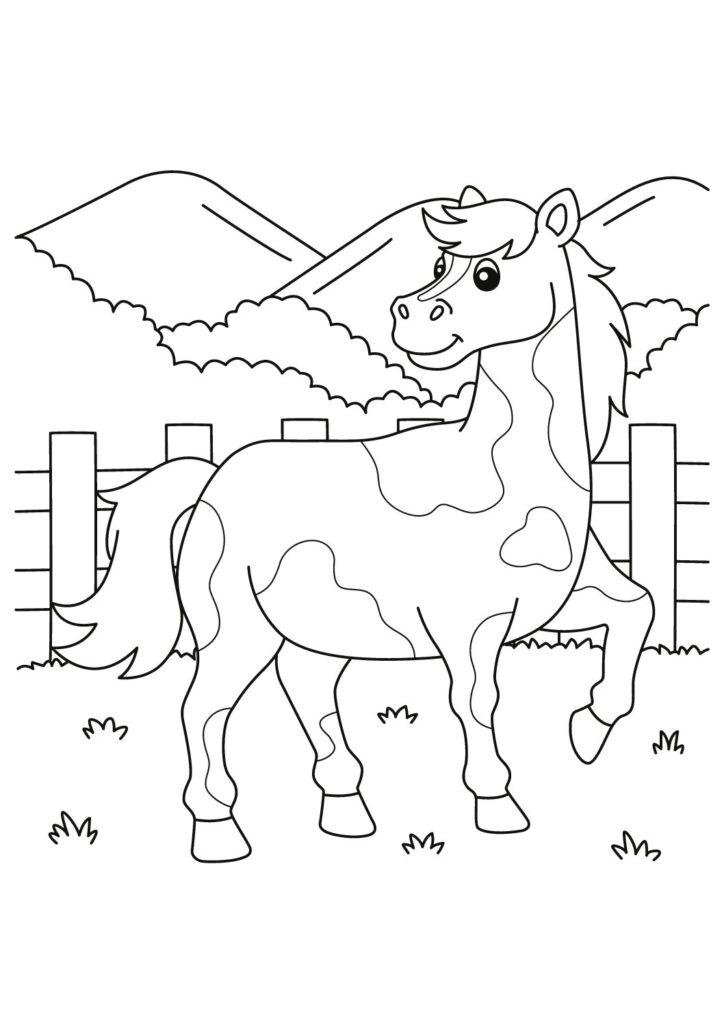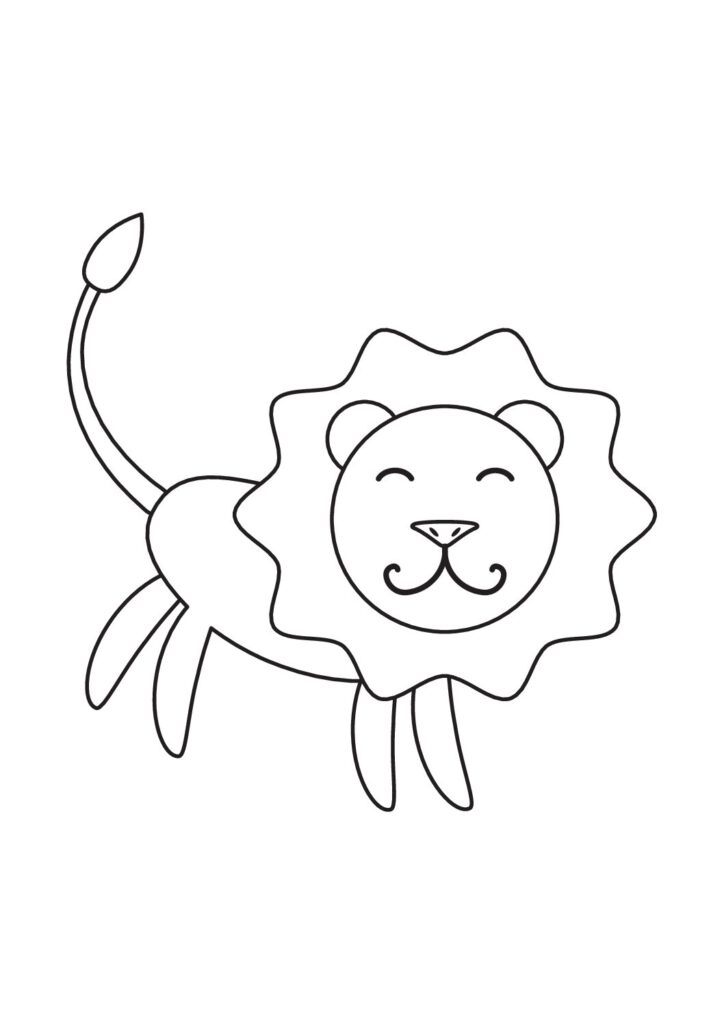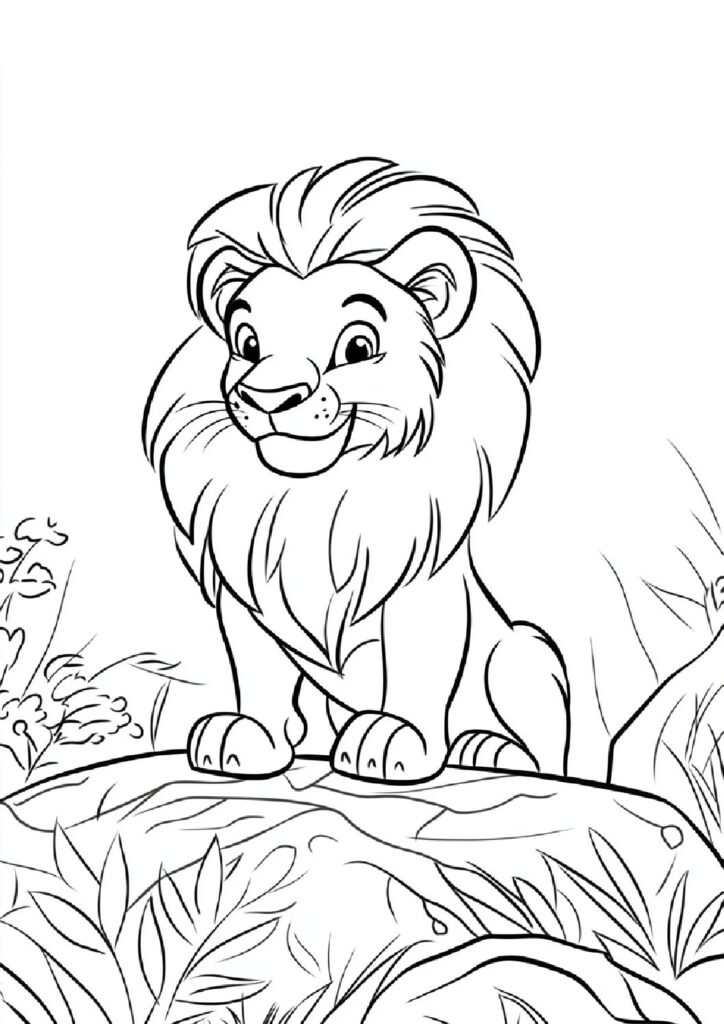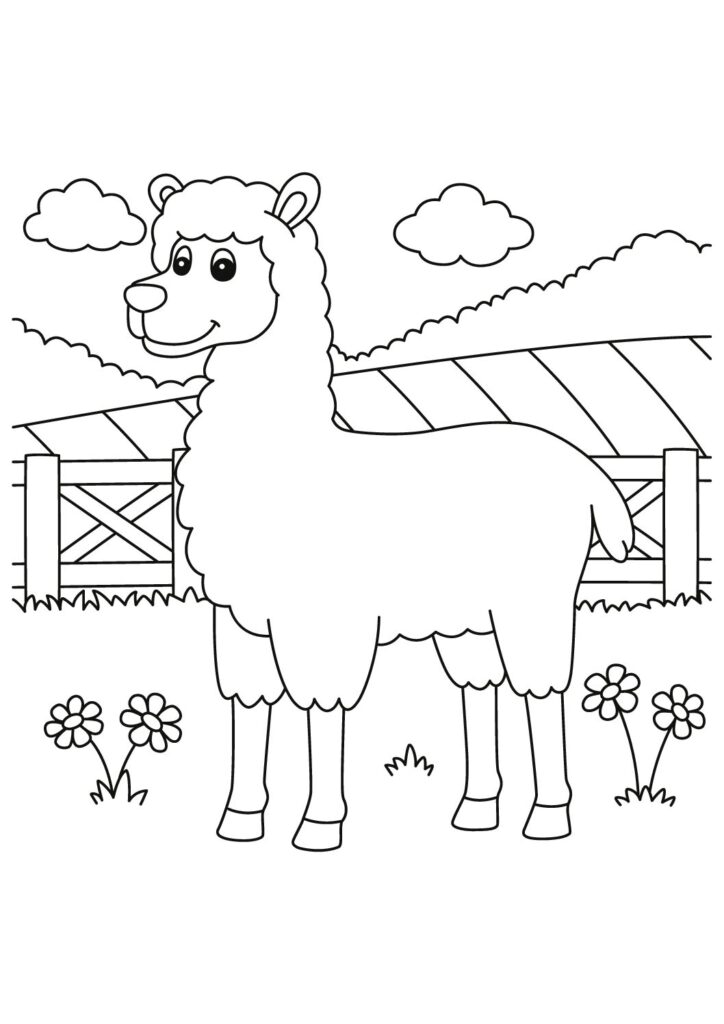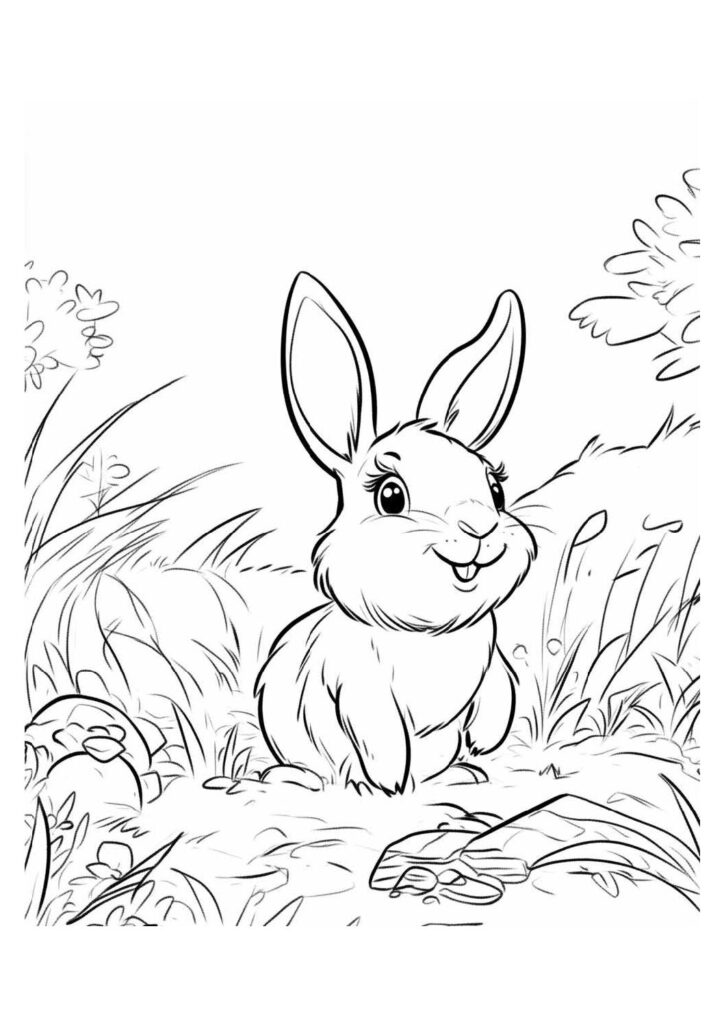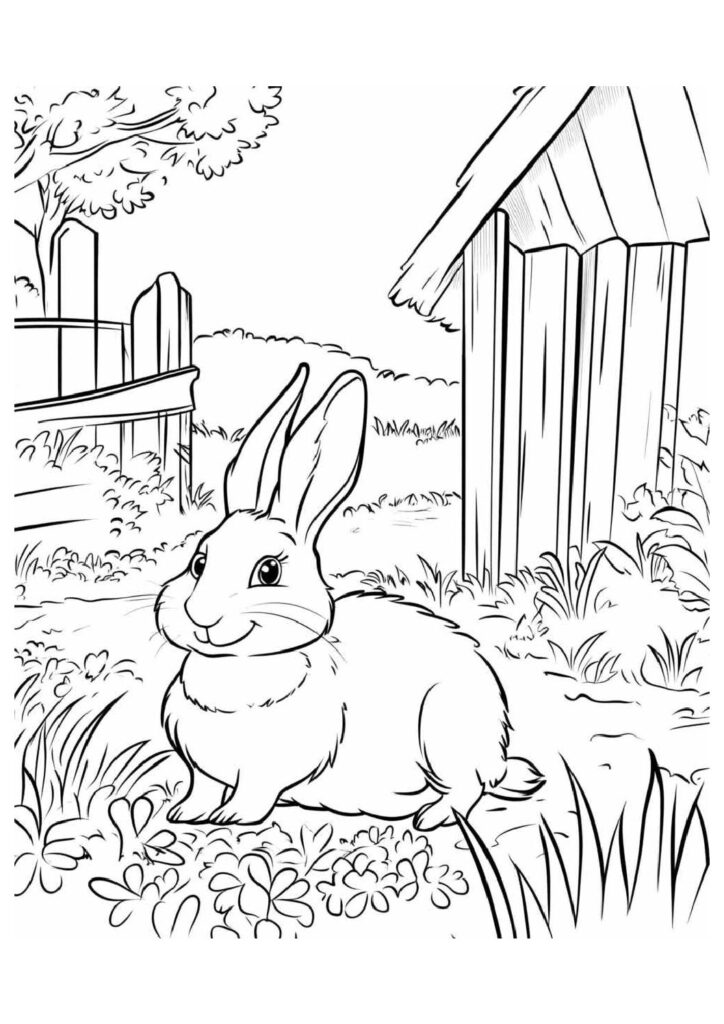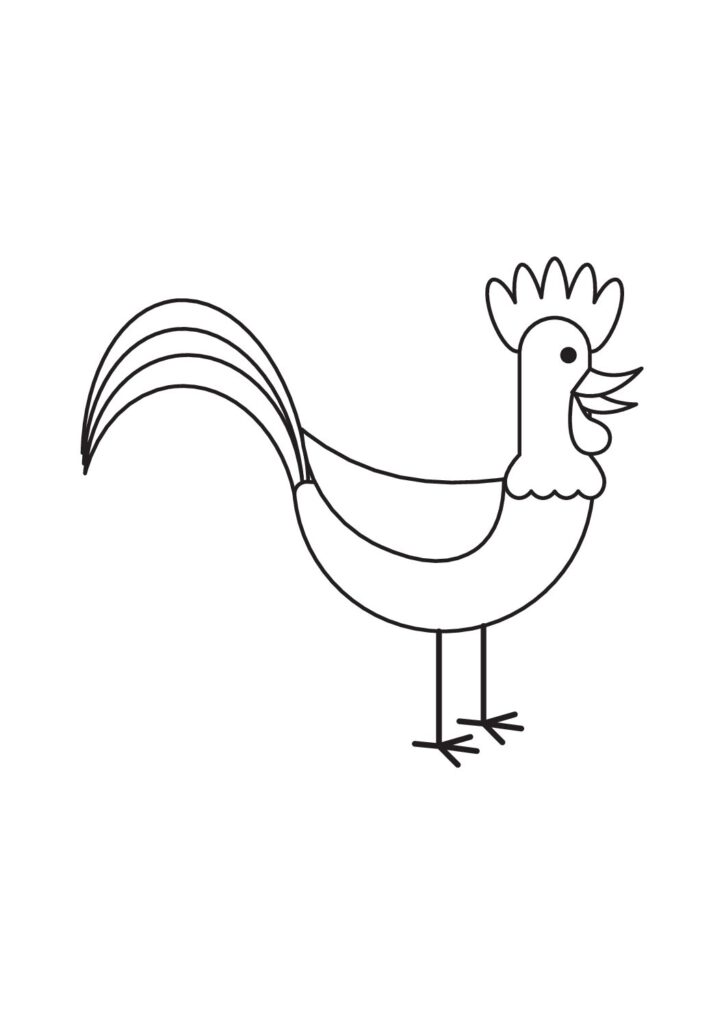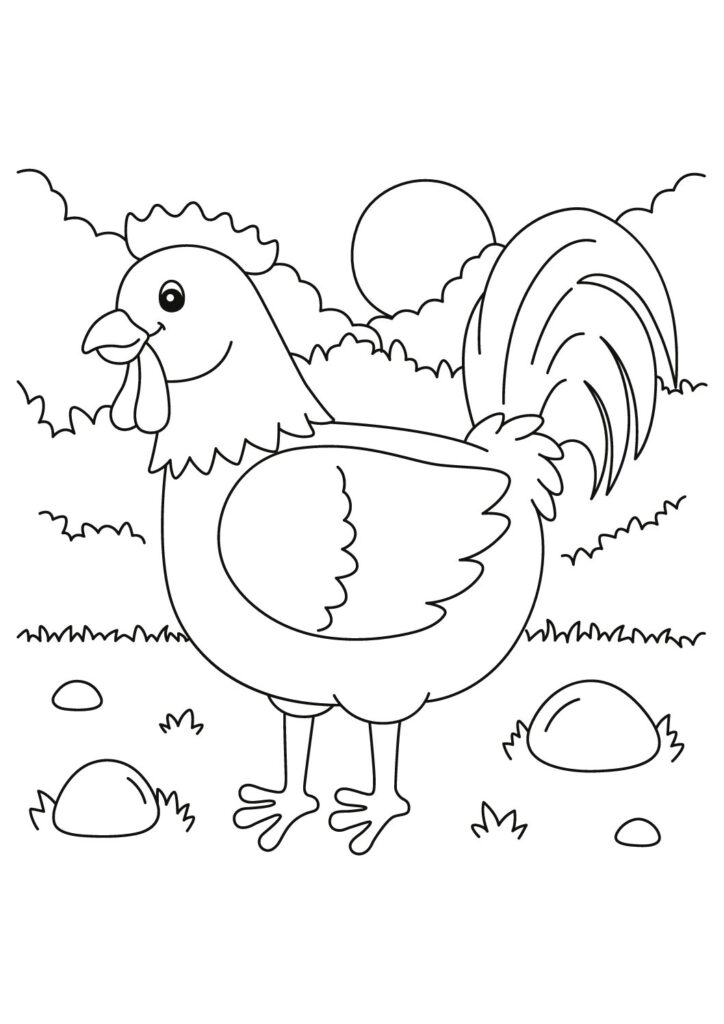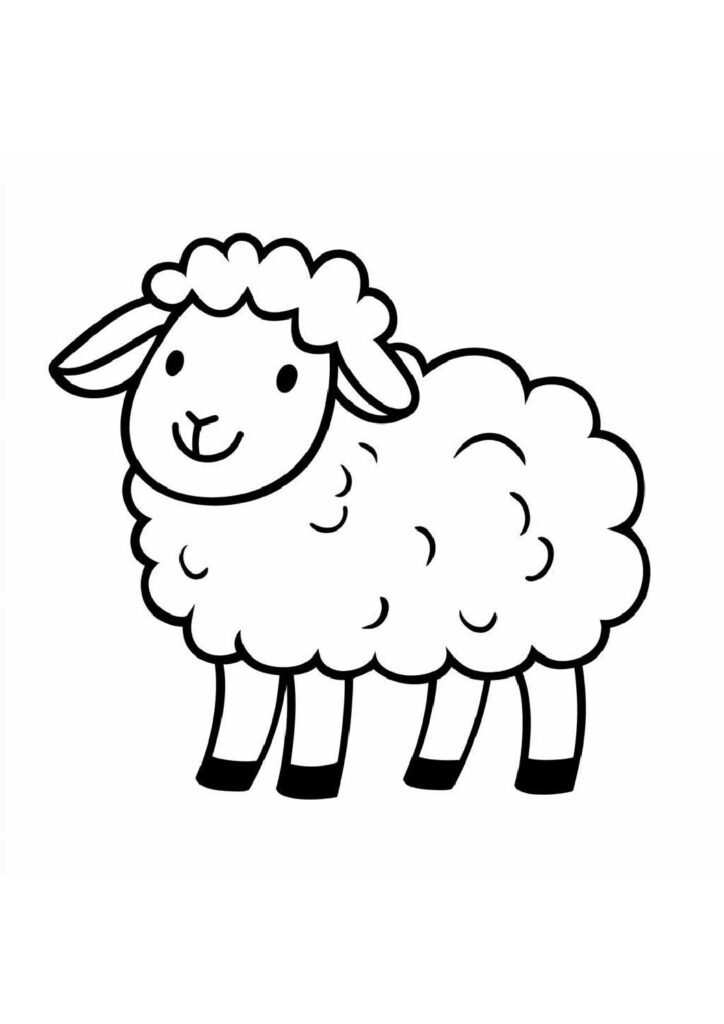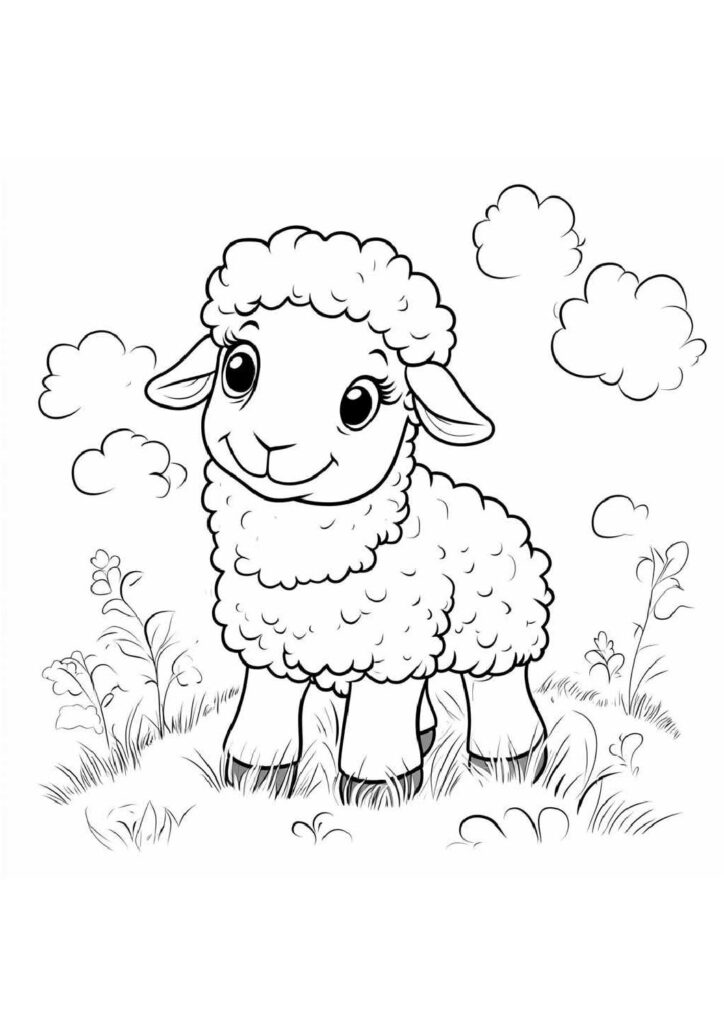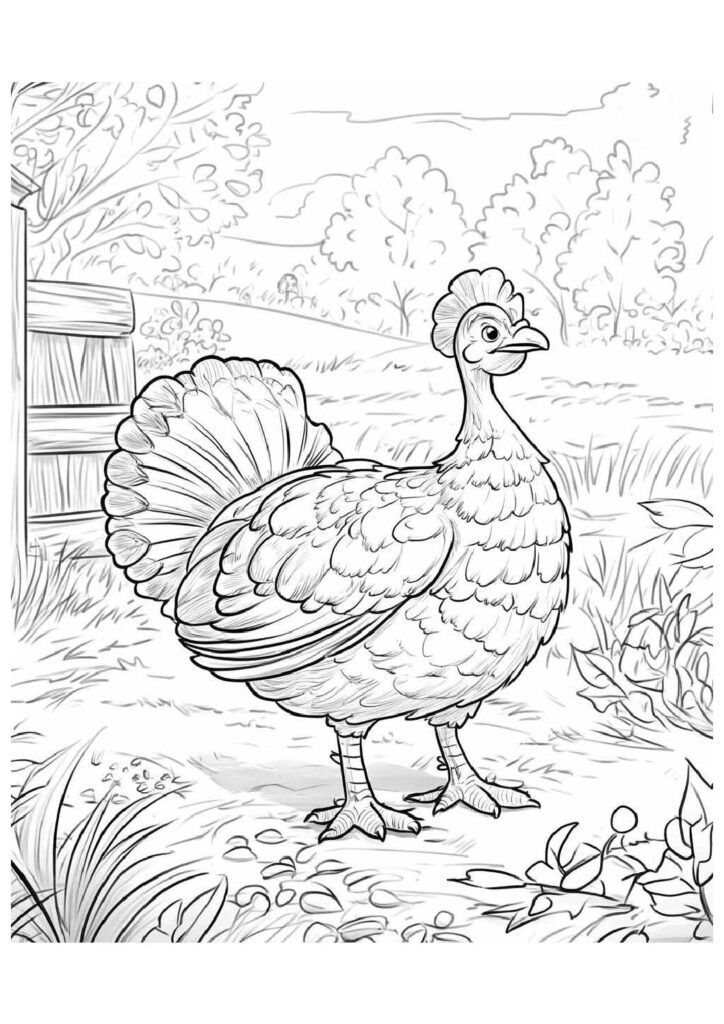2 Free Ram Coloring Pages for Download (Printable PDF)

Butt into our free printable collection of ram coloring pages featuring these powerful and majestic animals in their impressive poses! Download these high-quality sheets showcasing magnificent bighorn sheep, sturdy mountain rams, and dignified domestic breeds displaying their incredible curved horns and muscular builds. Perfect for kids and wildlife enthusiasts, these detailed animal coloring pages capture the determined nature of these remarkable creatures known for their climbing abilities and impressive head-butting displays. Each printable sheet brings these mighty mountain dwellers to life, highlighting their massive spiral horns, strong shoulders, and commanding presence!
Magnificent Ram Facts: The Complete Guide to These Impressive Mountain Mammals
Introduction
Rams represent the impressive male members of various wild sheep species, particularly noted within the genera Ovis that inhabit mountainous regions across North America, Europe, and Asia. These remarkable mammals have evolved extraordinary adaptations for surviving in challenging high-altitude environments, including their iconic massive horns, exceptional climbing abilities, and specialized social behaviors that have made them symbols of strength and determination across numerous human cultures.
Extraordinary Horns
The most distinctive feature of rams is their massive curved horns that can weigh up to 30 pounds—often representing over 10% of the animal’s total body weight. These impressive structures grow continuously throughout their lives, adding annual growth rings that enable biologists to determine age, with record specimens exceeding 50 inches in length and 16 inches in circumference. Unlike deer antlers, these permanent horns consist of a bony core covered by specialized protein keratin, the same material found in human fingernails and hair.
Combat Capabilities
Rams engage in spectacular head-butting contests to establish dominance and mating rights, charging each other at speeds approaching 40 mph with impact forces that would easily kill most animals. Their specialized anatomical adaptations include a double-layered skull with honeycombed structures that absorb tremendous impact forces, while their brain is protected by specialized fluid cushioning that prevents concussions during these violent collisions that can be heard echoing through mountain valleys from over a mile away.
Mountain Mastery
These agile climbers demonstrate extraordinary capabilities in navigating terrain that appears nearly vertical, able to ascend cliff faces with minimal footholds while maintaining balance on precarious ledges. Their specialized hooves feature hard outer edges for digging into rock surfaces and soft, grippy centers that provide exceptional traction on slippery surfaces, enabling them to navigate confidently across terrain that would be impassable to most other large mammals, including skilled human climbers without specialized equipment.
Social Structure
Rams maintain complex social hierarchies based primarily on horn size and combat prowess, with dominance establishing breeding privileges during the fall rut season. Outside breeding season, mature rams often form separate bachelor groups distinct from the nursery bands containing females and young, with dominance within these all-male groups established through ritualized displays and head-butting contests that determine access to preferred feeding areas and resting sites.
Physical Adaptations
High-altitude species like bighorn sheep have evolved remarkable physiological adaptations including enlarged lungs and hearts relative to body size, with blood containing approximately three times the oxygen-carrying capacity of humans. Their specialized two-layered coat combines hollow guard hairs that provide insulation with a dense undercoat that efficiently traps body heat, while specialized fat storage prior to winter ensures survival during periods when steep slopes remain accessible but food becomes scarce.
Conservation Challenges
Many ram species faced near-extinction during the early 20th century due to overhunting, habitat loss, and diseases transmitted from domestic sheep. While conservation efforts have restored some populations to sustainable levels, challenges remain including habitat fragmentation, climate change affecting alpine environments, and persistent disease concerns. Species like the peninsular bighorn remain endangered with fewer than 1,000 individuals, highlighting ongoing conservation requirements despite significant recovery success for other populations.
